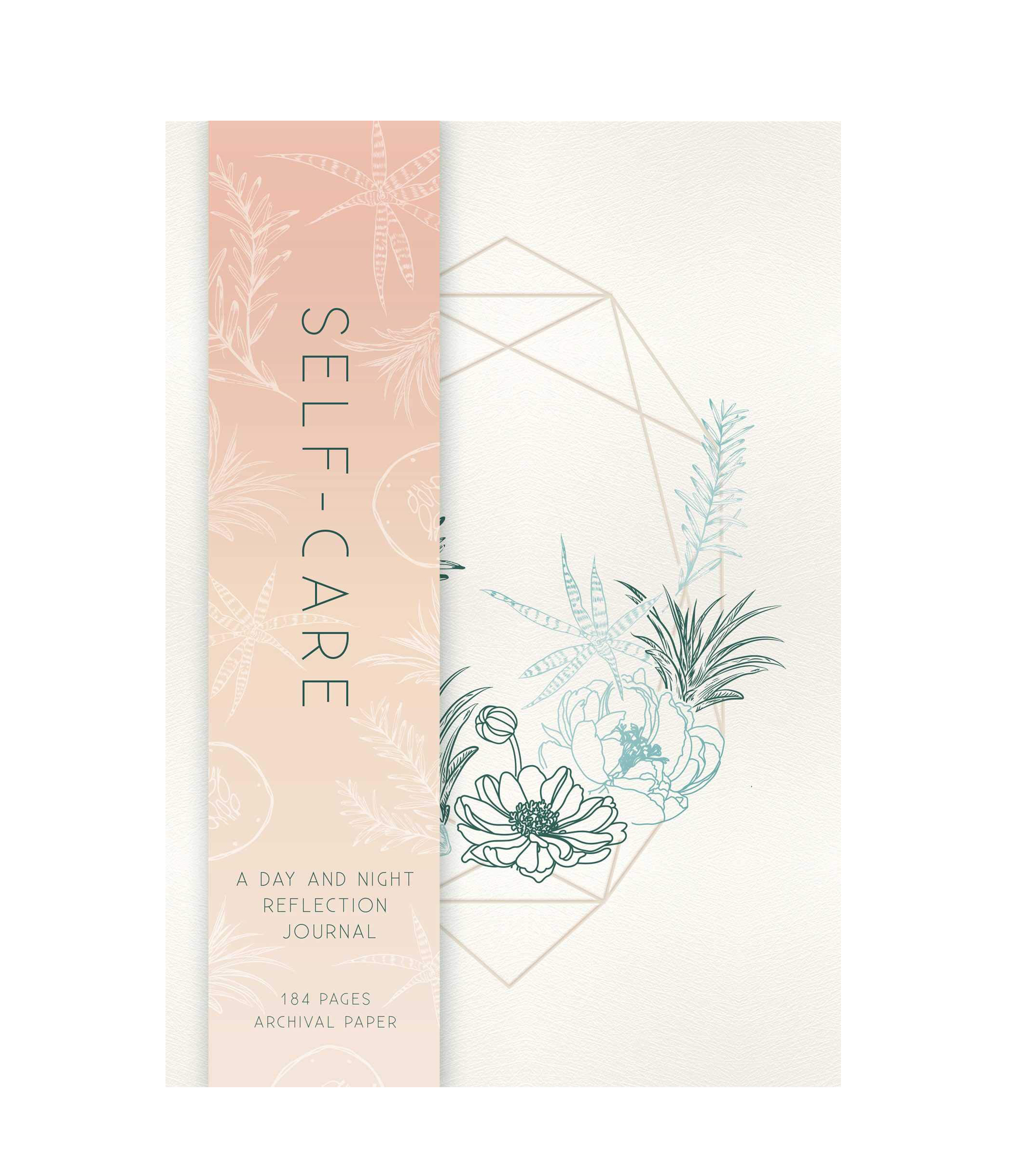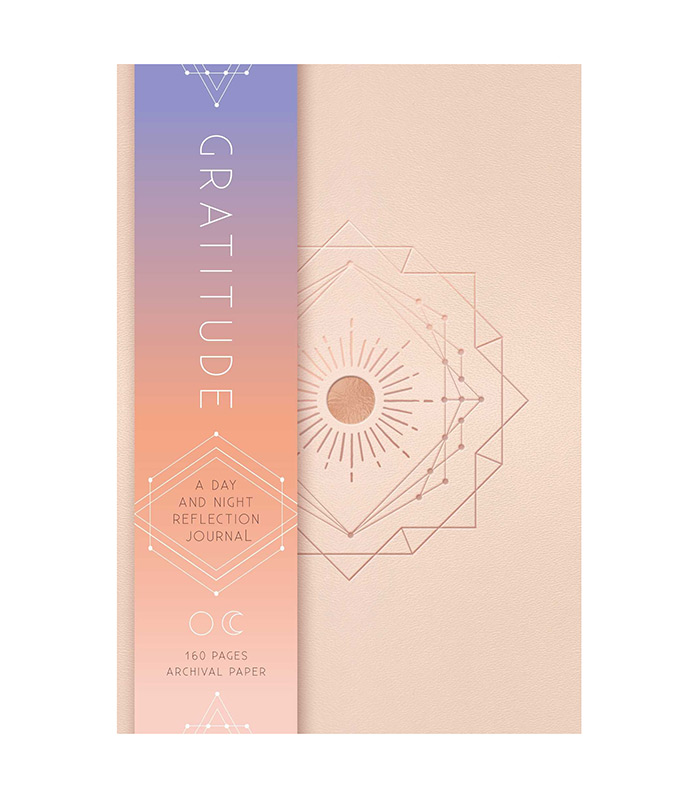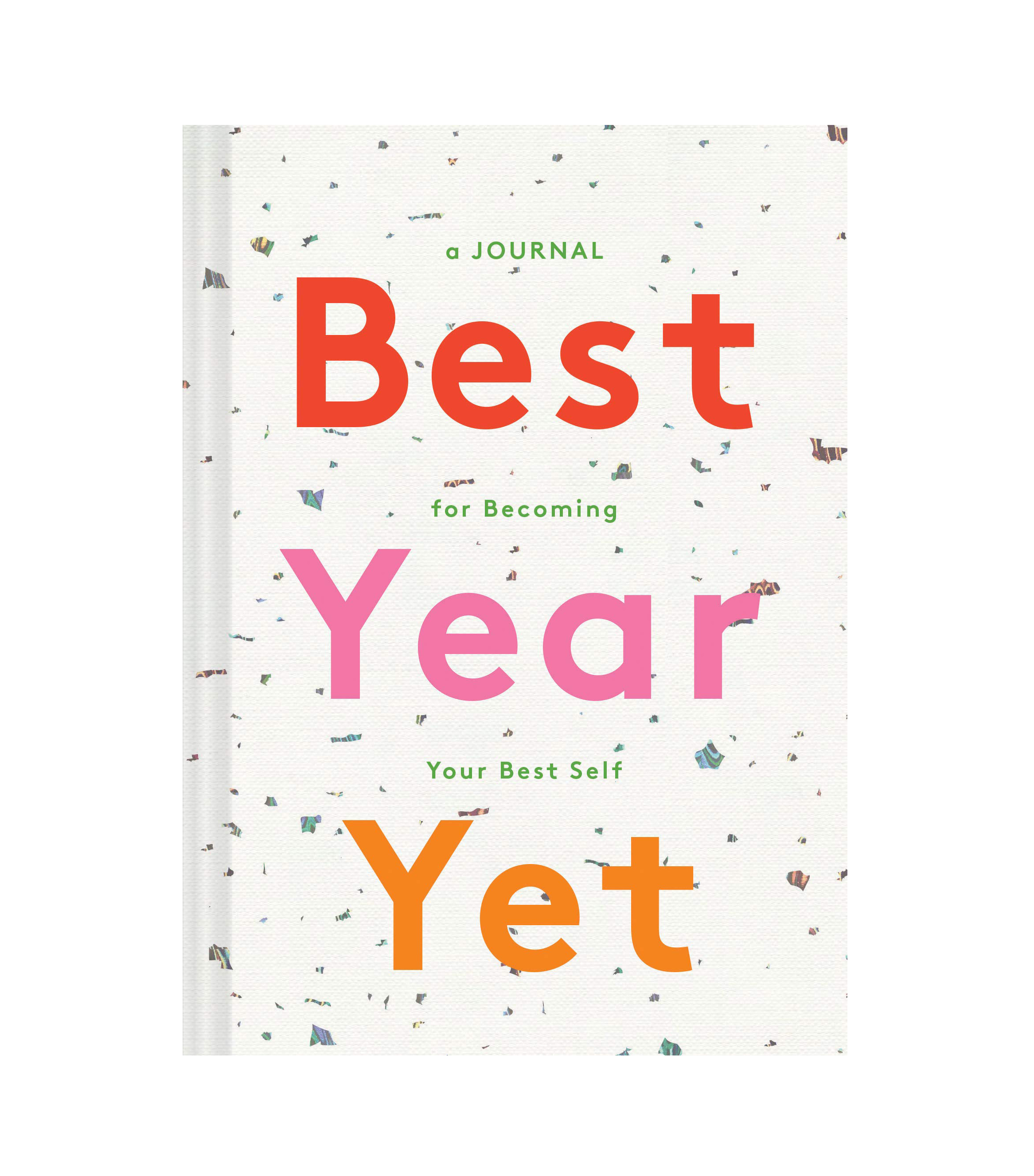How to Practice Gratitude Without Feeling Like an Instagram Cliché


As we approach Thanksgiving (and the holiday season beyond), chances are the question of "what are you thankful for?" has either flitted across your mind or else your family's dinner table. But while this time of year might serve as our culturally enforced reminder, the truth is that practicing gratitude on a regular basis is a research-backed way to eliminate stress and introduce new meaning into our lives. And it doesn't have to feel as corny or contrived as a #blessed hashtag, either.

"It's not uncommon for people to balk at the idea of daily gratitude practice," says Heather Silvestri, PhD, a New York City–based psychologist. "Of course, forcing ourselves to recognize positives through the lens of some grand concept of gratefulness can feel inauthentic." But when done correctly—that is, truly recognizing those moments that inferred genuine feeling, no matter how small—science shows that practicing gratitude as a self-care ritual can significantly improve our happiness and overall well-being.

Consider one study conducted by psychologists at the University of California, Davis, and the University of Miami, in which participants were divided into three groups: The first group was instructed to write down things they were grateful for over the course of a week, the second wrote about things that had irritated them, and the last group wrote about events that had affected them but weren't necessarily good or bad. Over the course of 10 weeks, the gratitude group didn't just feel happier about their lives—they felt better physically to boot, and paid fewer visits to their doctors.

Other research shows that these effects can last for more than a month—and even indefinitely, if you choose to make giving thanks a regular practice. One of the easiest and most effective ways of doing so is keeping a gratitude journal, which essentially serves as a log of those moments, big and small, that have made an impact throughout a given day or week. And at the very least, doing this invites us to slow down and be more mindful, since often we're too stuck in autopilot to notice and internalize everything that's enriching our lives.

"Practicing gratitude makes us pause, reflect and acknowledge what is already here," says Silvestri. "As such, we generate meaning right where we are. Being present and aware is embedded in gratitude, and these are building blocks of emotional health."
The best part: Getting started is way less of a commitment than you think. Keep reading to find out how to keep a gratitude journal.
How to start a gratitude journal
1. Take Time Out of Your Day to Do It

As with regular journaling, there's no "wrong" way to log your gratitude—ultimately, you'll stick with whatever works for you. But most experts agree that the best way to get started is to simply take the time to sit down and write down a short list of things you're thankful for on a given day.
2. Try It Two to Three Times a Week

You don't even have to do it every day—in fact, studies suggest that writing in your gratitude journal two to three times a week might have a greater impact on your happiness than doing so more regularly, since you're more likely to relish the moments that made you feel great when you address them less frequently. But when you do log an entry, make sure you're really specific about each event that made you thankful, and why.
3. Write Down Even the Smallest Things

Also, know that nothing is too trivial—if it really brought a smile to your face when someone held the door open for you on a particularly crappy day, write it down. "The key to practicing gratitude with authenticity is to open up your psychological landscape such that anything is potentially something for which you could feel grateful," says Silvestri.
4. Don't Pass Judgment

"This means that something as small or otherwise silly, as a particularly kind greeting from the barista at your local coffee shop counts. Of course, the big-ticket items like your kids or partner count, too; the key is to see anything and everything as something you could be grateful for, so that your practice can be flexible and fluid rather than weighty and forced." In other words, try not to pass judgment on the situation at face value; focus more on how it made you feel.
5. Make It a Ritual

Beyond that, try designating one or two times a week to this exercise—the regularity will help you establish it as an effective ritual. And though when life gets particularly stressful or harrowing, you might feel less inclined to rattle off any positive circumstances, keep in mind that these are the moments when gratitude journaling will help you the most.

Next: How to Use Gratitude to Fix a Really, Really Bad Day.
This story was originally published at an earlier date and has since been updated.
Disclaimer
This article is provided for informational purposes only and is not intended to be used in the place of advice of your physician or other medical professionals. You should always consult with your doctor or healthcare provider first with any health-related questions.



